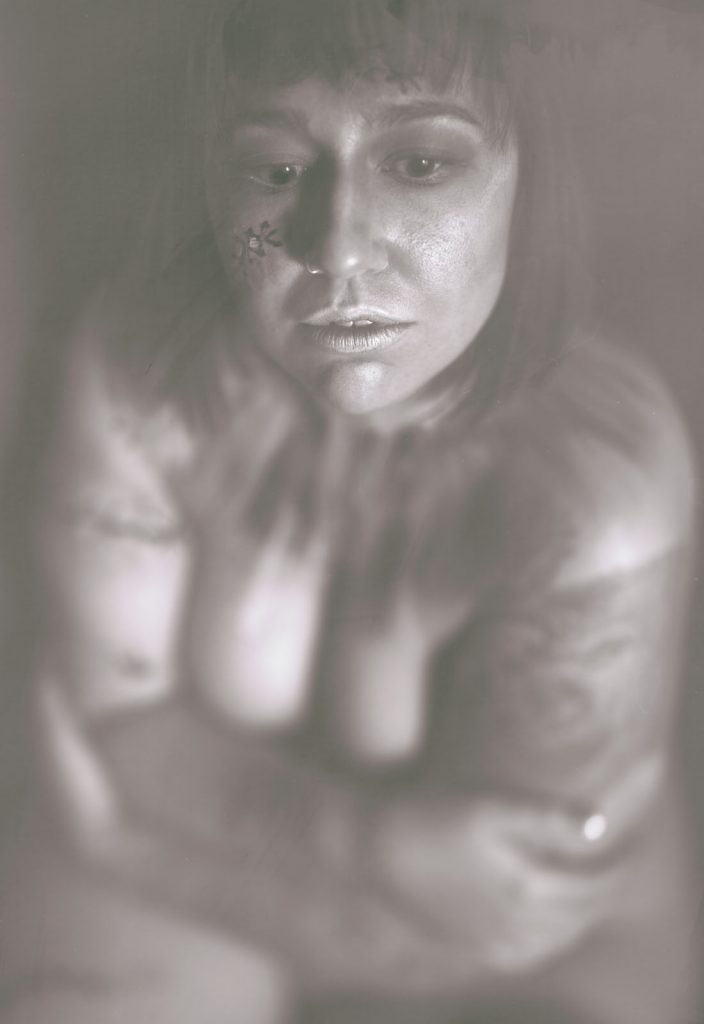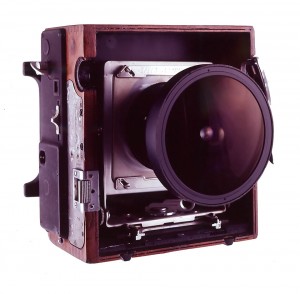 So this post is sort of a plan or, if you prefer, a work in progress. A couple of days ago I put a post on Facebook announcing a series about lenses; this is the beginning. The idea is to have place where there will be links to the other posts and to give a sort of outline for the project. I’ll update this post as the project takes shape.
So this post is sort of a plan or, if you prefer, a work in progress. A couple of days ago I put a post on Facebook announcing a series about lenses; this is the beginning. The idea is to have place where there will be links to the other posts and to give a sort of outline for the project. I’ll update this post as the project takes shape.
The first thing you should know: if you’re looking for advice about what lens to buy for your dSLR you may just want to pass on this whole thing. There are a lot of places you can get that information. This series is about understanding lenses and lens design. It may help you choose a lens for a dSLR, but the intent is to help you choose lenses for large format film work. Regardless it will help you understand how lenses work, and that can’t be a bad thing.
I was shooting with my 11X14 camera yesterday. I made a dozen negatives and shot with four lenses: a casket lens-focal length about 230mm; a Schneider Dagor-14 inch focal length; a Goerz Artar-focal length 12 inches; and a Goerz Gotar-13 inch focal length. The thing is, the focal lengths are very similar on these lenses, so there must be other reasons for making choices about which lens to use. When shooting with a small camera one of the first reasons to make a choice about a lens is the distance you’ll be from the subject. If you are closer to a subject you build more shape into the image, while if you’re further from a subject the image will feel flatter. People discuss this as if the lens changes the perspective. But that’s not true-it’s how far the subject is from the camera. If you shoot a persons face from 10 feet away it will always look flatter than if you shoot the same face from a foot away, regardless of what lens you use or how you crop. Distance from the subject is important to my work, but many other things influence my lens choice. First I think about coverage: you need a lot of image to shoot an 11×14 inch camera. I have a lot of lenses that would just make a circle in the center of the ground glass, and I have a lot more that won’t be sharp over the entire frame. The sense of sharpness and how the un-sharp image feels is critical to conscious lens choice. It’s like a painter picking a brush; even a house painter uses different brushes for different tasks, even more so for a portrait painter.
There’s more to the character of a lens that just sharpness. Contrast is also very important. The human eye interprets contrast AS sharpness. As a result of this modern lenses are always designed to maximize contrast, and that is generally a good thing. Maximizing contrast was particularly important before Photoshop because it was very difficult to control contrast in color printing. One of the things that improved contrast, perhaps more than any other factor, was lens coating.
So this is a quick discussion of some of the topics I’d like to explore.
History of lenses. Lens construction pre-dates photography by at least a couple of centuries and possibly millennia. Lenses added to human vision. The thing is that since the human eye sees only a small field at any moment you don’t need to make lenses that are accurate over a large field since a person can move the eye or lens to compensate. Making photographic lenses that would cover a large area, at one time, was an early challenge.
Soft focus lenses. There is a difference between spherical aberrations and chromatic aberration and just poor focusing. I’ll also spend some time on soft focus filters. Many lenses have been specially designed to make soft focus images.
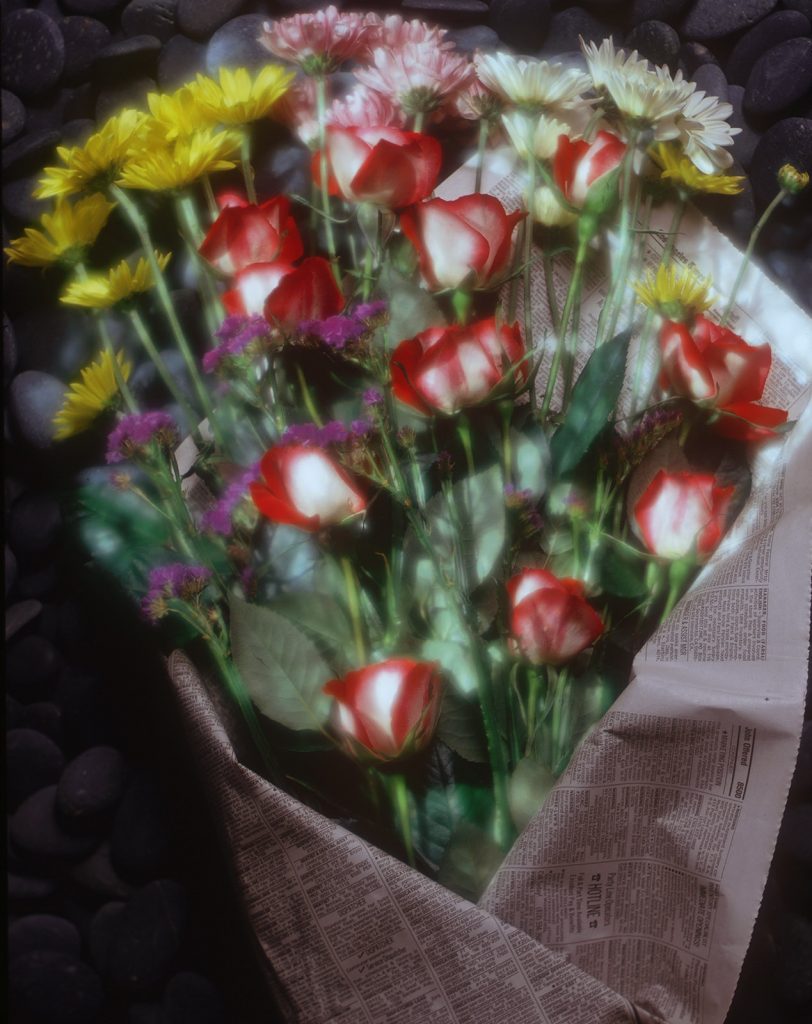
Flowers Wrapped in Newspaper-Shot with a Bausch & Lomb Plasigmat. This is a double exposure at two different apertures, which allowed me to selectively choose what was soft and sharp.
Process lenses. These are specially designed to meet the challenges of making printing plates for off-set presses. They are highly corrected for color and field flatness. Using them offers some special opportunities and challenges. I have several of these lenses that I use with my 11×14 camera.
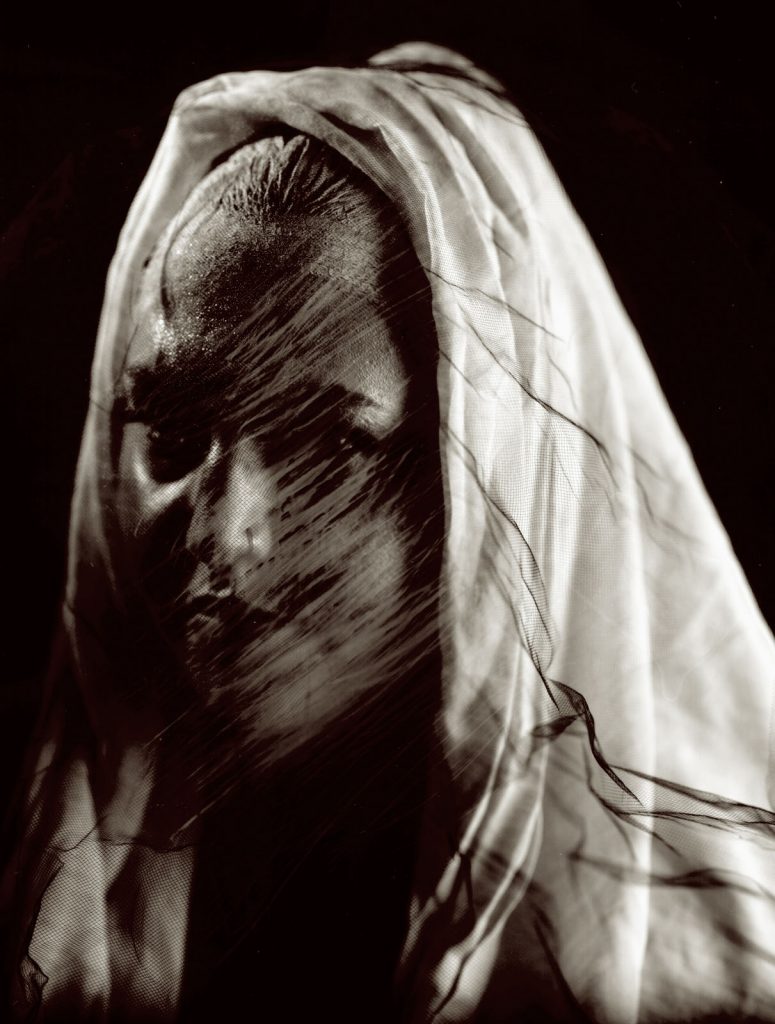
Shot with a Goerz 12 inch Red Dot Artar on my 11×14 camera. Processing effects do not reduce the great sharpness and contrast of this lens.
Lens aberrations. These include pin cushion distortion, barrel distortions and coma.
Classic designs. Of course there is the Tessar from Zeiss, and there are so many more: Dagors, Dogmars, Angulon, Biogon…
Casket lenses and convertibles. Large format lenses are basically fixed focal length lenses, but many large format lenses have been designed that offer multiple focal lengths. I wrote an article for View Camera some years ago about DIY casket sets. You can download it here: www.siskinphoto.com/magazine/zpdf/LensAssembly.pdf
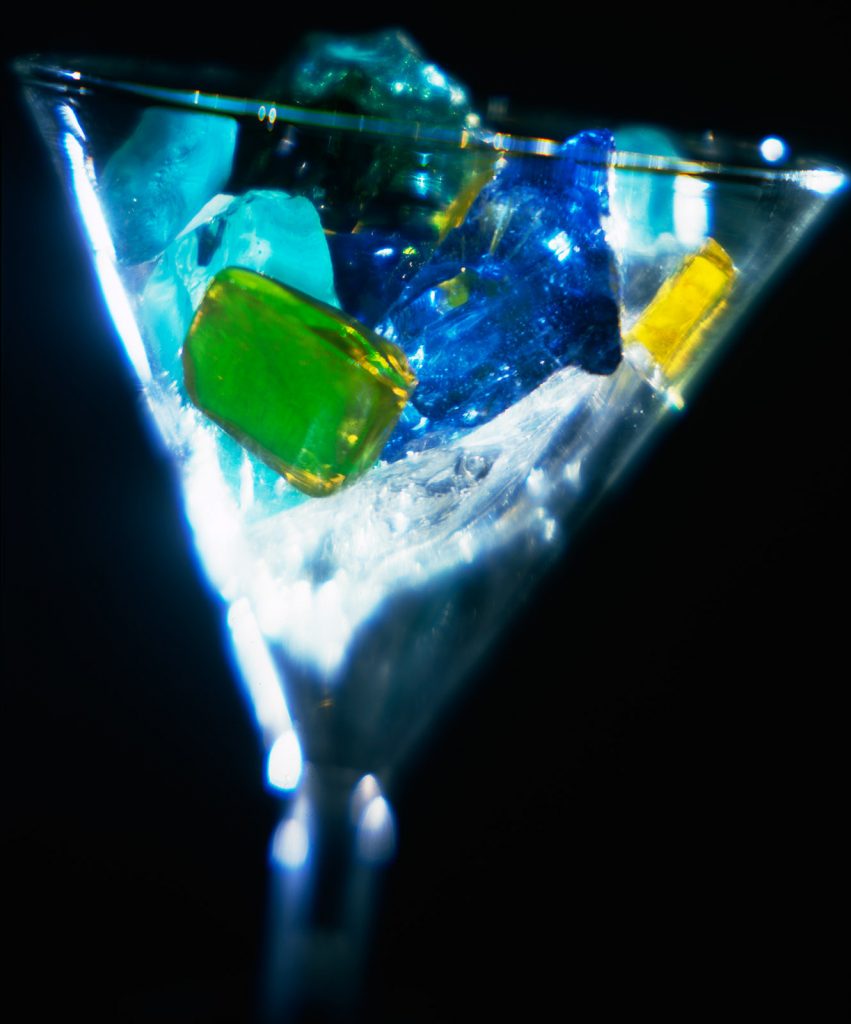
Shot for an article in View Camera about DIY soft focus lenses. This uses Kodak Portra lenses (add on lenses) instead of a lens designed to be used alone.
This whole thing will go on, but if I don’t post something now I may never get started.
